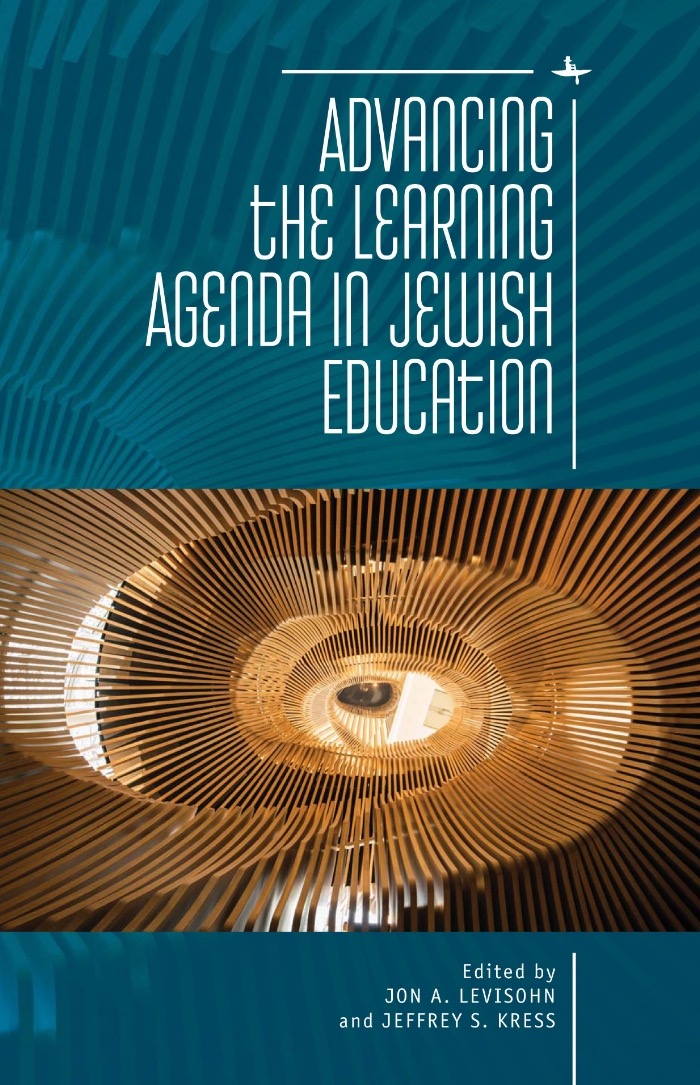Jewish education
Select an item by clicking its checkbox
Date Reviewed: June 16, 2021

Attuned Learning: Rabbinic Texts on Habits of the Heart in Learning Interactions
Date Reviewed: November 30, -0001
According to the publisher’s website, books in the series “Jewish Identities in Post-Modern Society” are dedicated to exploring the “multiple ways in which contemporary Jews express and define their Jewish identity.” The titles in the series “explore the sociological, historical, and psychological basis for these identities and the ways in which they reflect a rejection and or integration of the norms, morals, and values of post modern society.” Elie Holzer’s Attuned Learning is the eleventh contribution to that effort and his second contribution to the series.
The purpose of the series helps to explain the approach that Holzer takes to his subject: Part One is devoted to “Conceptual Frameworks;” Part Two focuses on what “attuned learning” means for the “co-learners” devoted to the task; Part Three unpacks the implications of the theoretical framework for reading Rabbinic literature that Holzer outlines in Part One; and Part Four briefly explores the implications of his work for “Contemporary Contexts.” The nature of the series also explains why Holzer relies heavily on Hans-Georg Gadamer and Paul Ricouer, among others, for the philosophical assumptions that drive his work (20, 22-30). Arguing that “there is no such thing as an innocent reading” of any text, Holzer contends that the only antidote to self-deception is an honest effort “to clarify what lies at the basis of our interests as far as possible” (22-23). Students reading ancient texts must identify the “foremeaning or preconceptions” that shape their reading (24) and they must avoid “identifying the meaning of the text with the author’s intention. Instead, a text establishes its own form of discourse as soon as it is written, offering something to be appropriated by the reader” (26).
Having laid out his philosophical assumptions, Holzer then describes the attuned learning that both teachers and students can accomplish, using the discourse in rabbinic literature as an illustration, source, and foil. “Argumentative learning” can be found there and has its contribution to make (47ff.), but – as Parker Palmer notes -- it is also “doubled edged” and can degenerate into “a secretive, zero-sum game played by individuals for private gain” (57).
At the heart of rabbinic exchange, however, is what Holzer describes as chavruta, which he translates as “‘companionship’ or ‘friendship’” (41, n. 5). Attentive to the moral and emotional quality of the learning process and the roles that each co-learner plays, even conflict is placed in very different context. Teachers and students advance in their understanding by listening to one another, for which “the divine presence” or the “Shechina” (71ff.) is a metaphor and “‘God’ is understood primarily as some transcendent quality of a genuine interpersonal experience” (73).
Teachers who recognize the importance of chavruta and the perils of argumentative learning are alert to the experiences of the learner and avoid the dynamics that lead students to experience their teachers as “uncaring” (112f.), “disgruntled” (114f.), or “incompetent” (116f.). Instead, Holzer argues, they are to attend to the “visage” of their students. They “see” their faces (129-130) and they look for “illumination” (130ff.). Likewise, the students “welcome” the faces of their teachers (135ff.) and receive the “visage” of their instructors (138ff.), indicating their willingness to enter into the partnered learning that has been offered.
The result is a process in which “educators… never allow their active and curious presence to transform the learners’ presence into a shadow of their learners,” but “stimulate learners to live a critically conscious presence in the pedagogical and historical process” (159).
There is a good deal to be absorbed here for the theological educator, especially as an antidote to teaching that is either sterile and concerned with subject matter alone or views the student as an object of deconstruction. As Holzer describes it, both approaches are equally immoral (149-150 and ns. 12 and 13). Theological educators will also find reasons to differ with the author. Writing for a broader and not necessarily religious audience, Holzer defines God and God’s presence in ways that are scarcely adequate if one conceives of God as more than a metaphor.
Given the richness of the rabbinic tradition, one also wonders whether we might have learned even more, if Holzer had allowed the rabbis to reflect on what they believed about God as both a teacher and a student of Torah (88ff.). But, given his philosophical assumptions, that gift is strained through sieve of post-modern philosophy, skeptical as he is of innocent readings, let alone the voice of God. One wonders whether deeper attunement might have entertained the possibility that there was another Visage, longing to be welcomed into the conversation.
